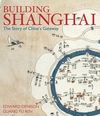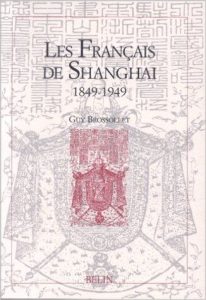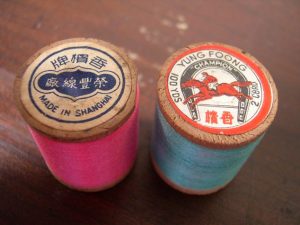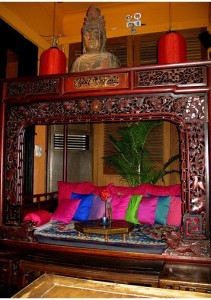
I had this book stored on my shelf since I bought it a few months ago. Winter coming, bad weather and renewed interest kind of melted together pushing me to open it again. “Building Shanghai” looks at first like of those coffee table books, that you look at every now and then and you leave around just to look nice when people come and visit you. This book is really nice to look at, but it’s also much more than that. It’s a history of Shanghai from an architectural point of view. With several maps of the old Shanghai compared with the new one, I was able to locate quite a number of buildings I had noticed in the street and know about their history and architectural style. What is more fascinating is to look at some of those photograph, and to realize that I passed some great buildings every day without notice them… as they have been covered or altered with terrible expansions or additions that make impossible to recognize anymore.
As much as I am appalled by the current destruction of Shanghai architectural heritage, I also have to admit that destroying grand building a few years old to replace them by something even grander has always been part of the Shanghai history, and that some buildings that we revere today as antics were horrible creations mixing very diverse kind of styles in Frankenstein-like creation. Similarly in the old and new Shanghai, architects are pushed over the limits by landlord willing to deliver a message with their buildings… but only end up showing how bad tastes they have.
Finally I enjoyed in this book the great love of the authors for the old Shanghai and it’s preservation… as well as the love of Shanghai as a modern city and how to continue it’s expansion while avoiding expending it’s monstrous aspect to much. I’m not sure this has been the priority of Shanghai’s planners until now… but hopefully this attitude is already changing in some districts.


